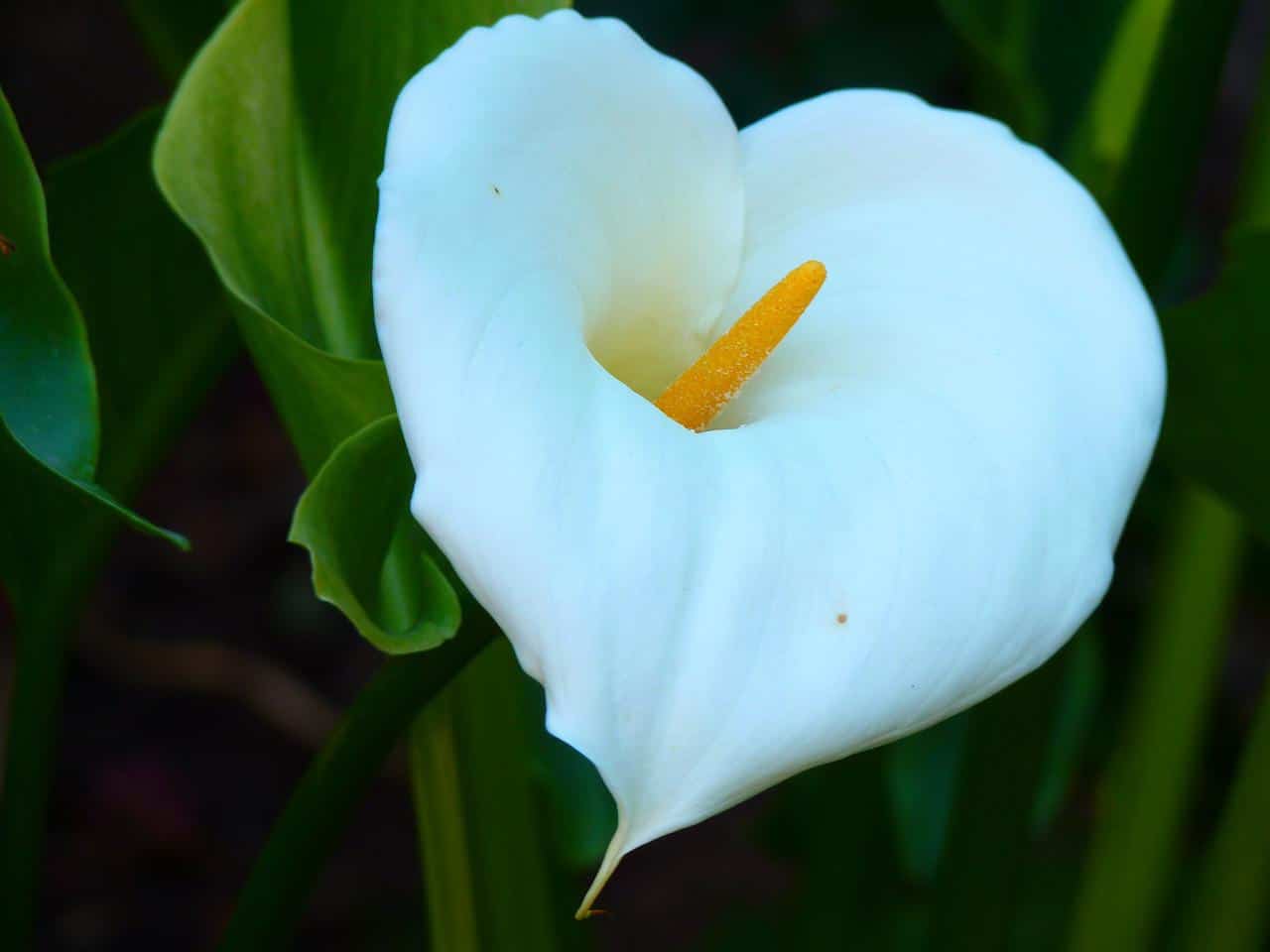
Many people are curious about the most beautiful and exotic plants. And it is not surprising, because they are usually vegetables that do not go unnoticed. A good example for this are the beautiful coves. These plants stand out for their large and impressive flowers and their pleasant fragrance. They are ideal vegetables for both outdoors and indoors. However, You have to take good care of them to protect them from the diseases of the coves.
In order to help you maintain these pretty flowers, We are going to explain what they are, what care they require and what the calla lily diseases are. This way you can have them in an optimal state and enjoy their immense beauty in your home.
What are coves?
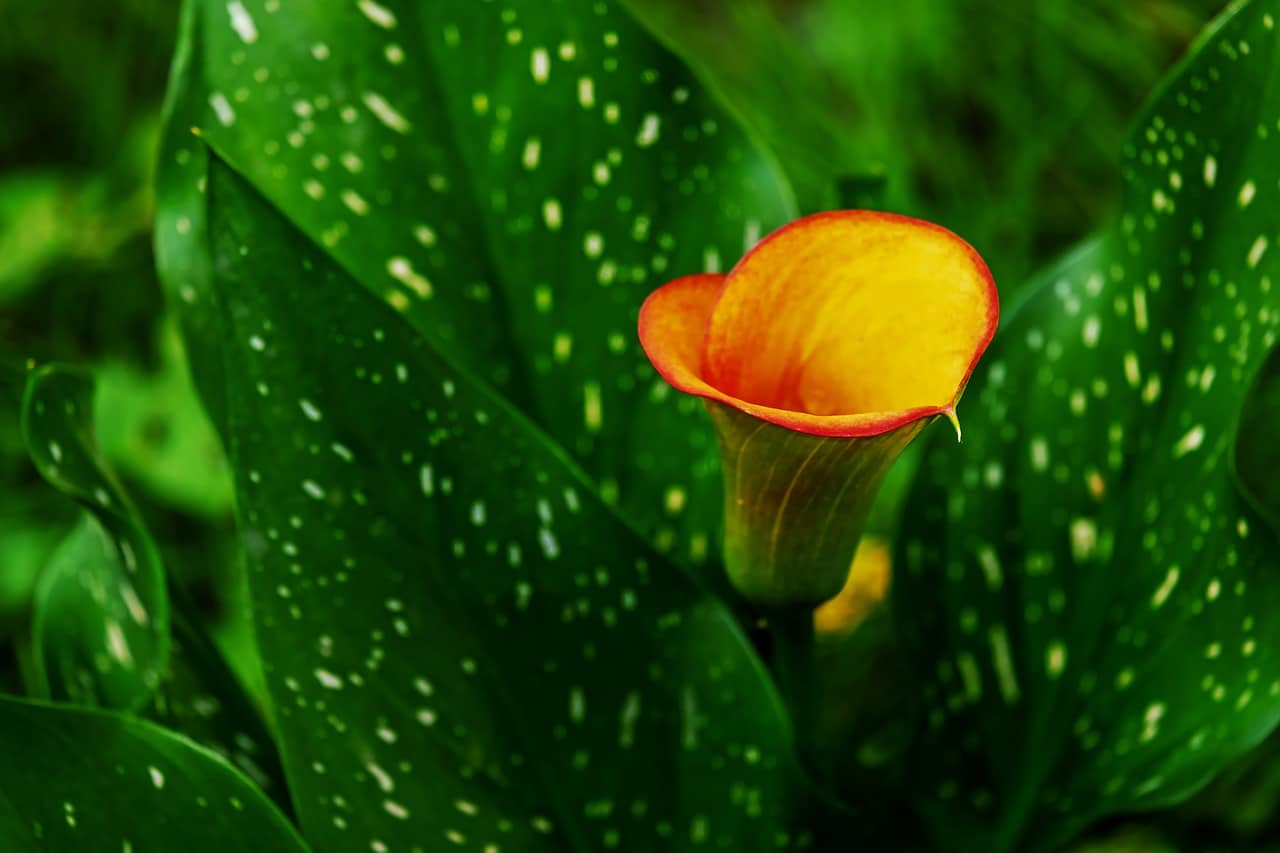
Also known as water lilies, calla lilies are a lovely vegetable native to South Africa. They get the scientific name of Zantedeschia aethiopica. Due to their elegant appearance and large, showy flowers, they are very popular plants in the world of gardening, and also for interior decorations. In addition, these flowers stand out for giving off a very pleasant fragrance, making them ideal plants to beautify our surroundings and create a fantastic environment.
In general, when planting these beautiful flowers, it is done by acquiring their rhizome or bulb. What is the stem, the coves do not have one as such, but the flower stems and leaves arise directly from the rhizome, which makes them very peculiar and beautiful vegetables. It should be noted that the coves can reach a height of up to 150 centimeters and that They require a lot of moisture.
These perennial herbaceous plants are very hardy, contrary to popular belief due to their elegant appearance. The coves can develop very well both outdoors and indoors, as long as we provide them with a minimum of care, especially irrigation, which must be abundant for these vegetables. Of course, it will be easier for us to take care of these beautiful flowers in warm or temperate climates. Later we will comment on all the care that water lilies require.
When do callas bloom?
Since the main characteristic of calla lilies is their large and showy flowers, it is quite normal for us to wonder when they bloom. Generally, the bulbs of these plants are usually planted in autumn, which coincides with the time when it will be easier for us to find it both in specialized stores and in nurseries. On a regular basis, These plants flower sometime between the months of February and October. The moment of its flowering will depend mainly on the variety that we have chosen, as they can be early or late flowering.
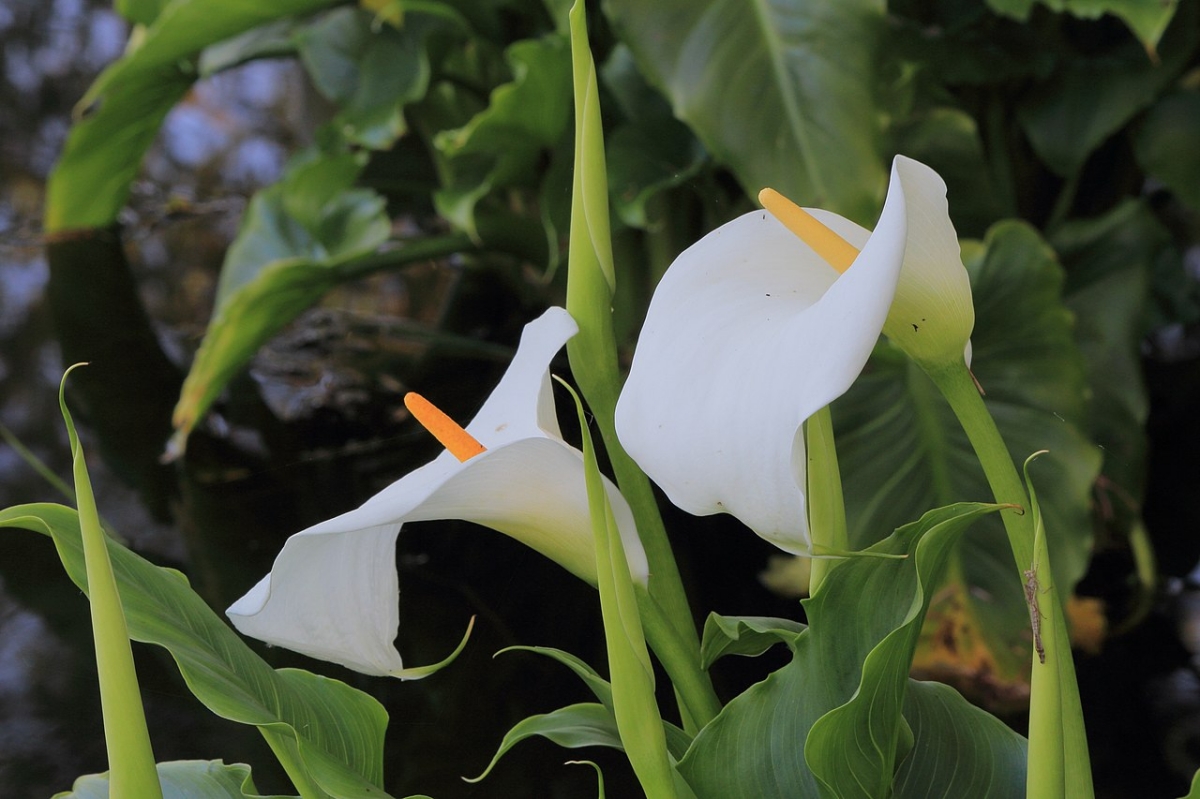
As for the so-called calla flower, this is actually the formation of its bracts, which are basically leaves that are born from the peduncle of the flowers of some plants. They generally have a different shape, consistency and color than the normal leaf. In the case of coves, the bracts are called spathes and are usually white. Nevertheless, Today there are different types of coves that differ mainly by the color of their spathes. We can find white, black, pink, fuchsia, green coves, etc. Some varieties can even combine two different colors. In the central area of the spathes is where the inflorescence grows, called spadix and which is yellow.
Cove care
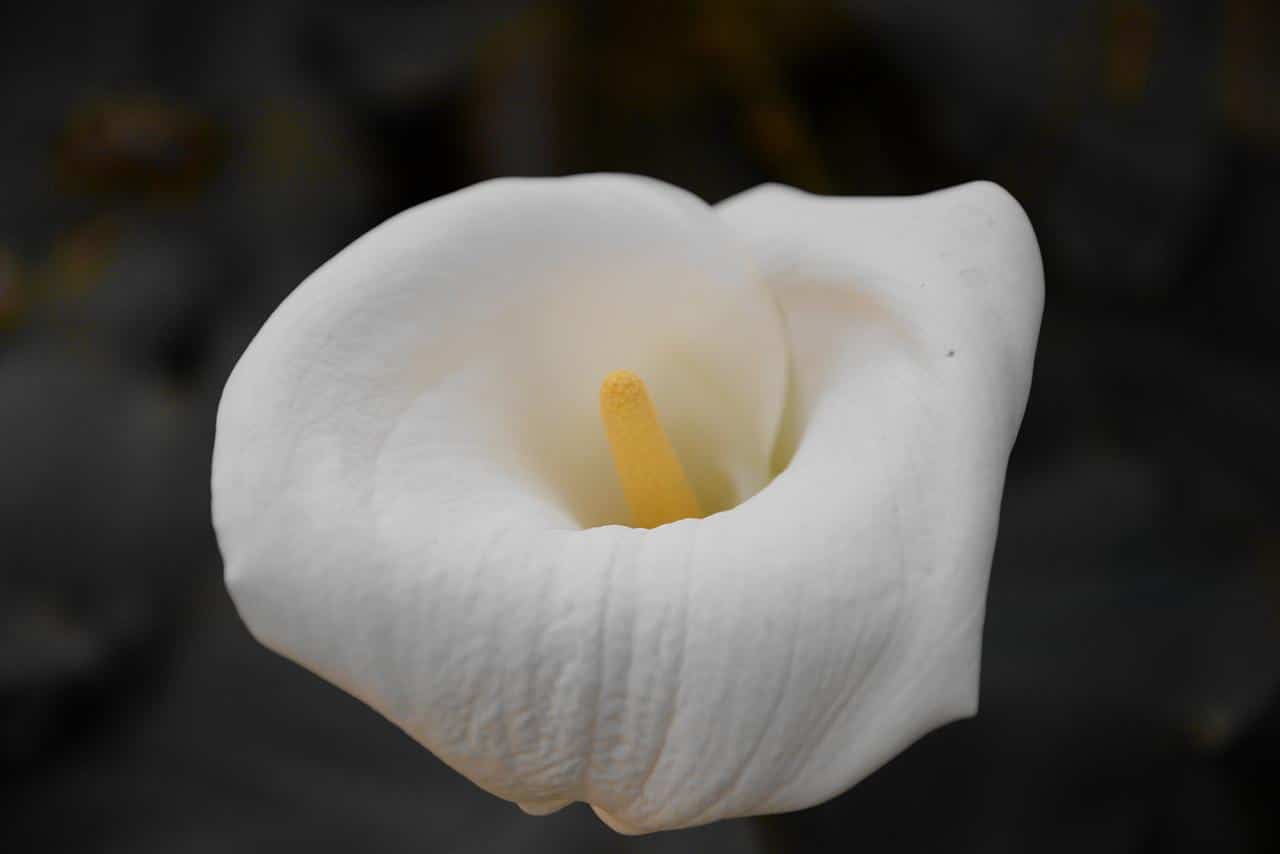
Before talking about calla lily diseases, we are first going to comment on the care that these flowers require. It is very important to know them because it is the only way by which we can prevent our plants from suffering certain pathologies. If we know how to take care of these vegetables, we will also know what happens to them when they show any symptoms.
Substrate and pot
We can grow coves both outdoors and indoors. If we have them planted directly in the garden soil, it is important that they have good drainage. When the weather gets colder, the best we can do to protect these plants is Padding the substrate with a mulch or layer of mulch. This will keep the rhizome at a more suitable temperature and improve moisture retention.
In the event that we want to grow callas in pots, these must be quite large so that the rhizome has enough space to develop properly. In addition, it is essential that it has drainage holes, given the irrigation needs of these plants. It is also important to transplant them regularly, if possible once every two years.
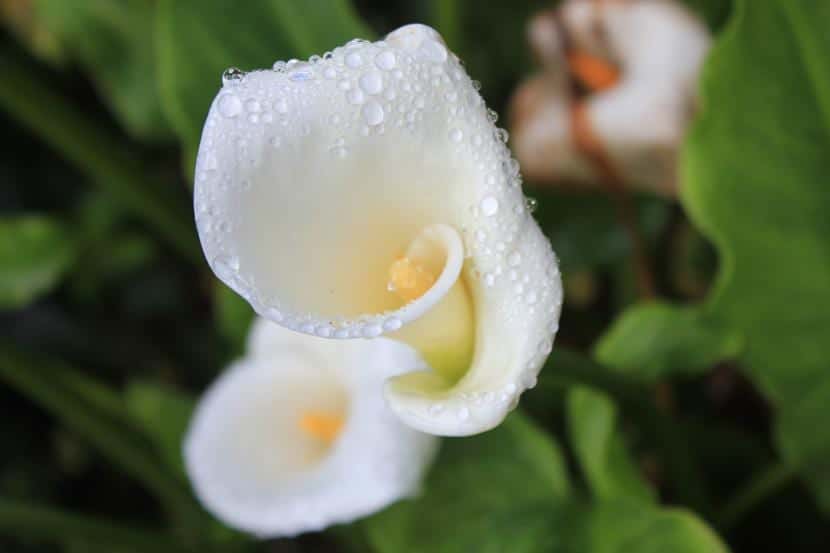
It is important that the substrate has good drainage, since the humidity levels must be constant for these flowers. The most advisable thing is to use the following mixture:
- One third of earthworm humus.
- Another third of peat.
- The last third of coconut fiber.
- A bit of perlite and vermiculite to improve absorption and aeration.
Location, temperature and light
Regarding the light they should receive and, ultimately, their location, this will depend on the climate in which we live. In the hot ones, the coves will be more comfortable in a semi-shaded place. On the other hand, in cold climates it is best that they receive as much sunlight as possible, but be careful, next to the windows they can get burned by the magnifying glass effect they have.
The ideal temperature for these plants ranges between 14ºC and 20ºC. However, they are able to survive temperatures well below their optimum degrees. In light frosts, the aerial part of the calla lilies will most likely die, but the rhizome may survive and sprout again the following season.
Irrigation and fertilizer
Without a doubt, the most important point about the care of coves is irrigation. Humidity levels should be high and constant, yes, without flooding the earth. It is better to water regularly than to flood the pot once every so often.
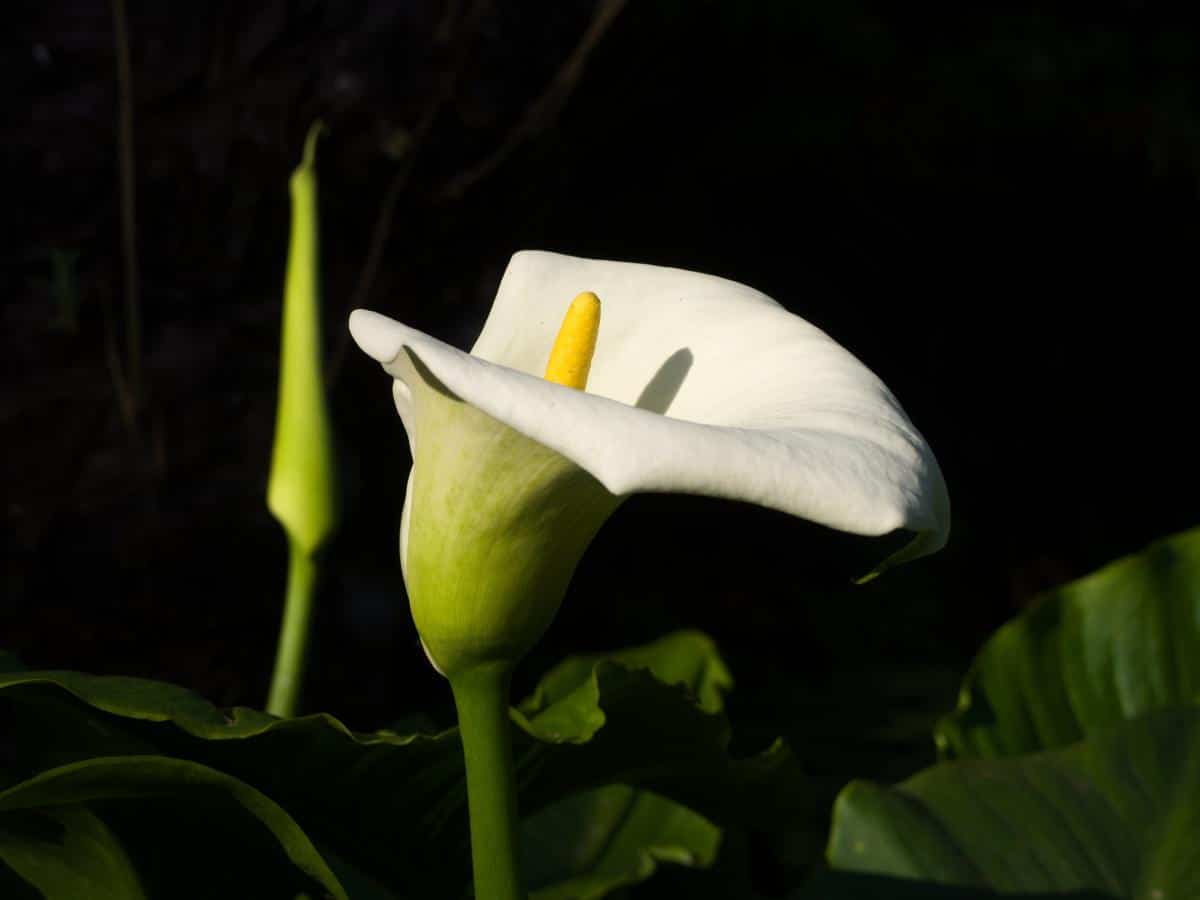
As for the subscriber, it is best to perform this task every 15 days in the warmer months of the year. The manure or fertilizer can be ecological and organic and can be applied directly to the substrate or through irrigation water.
Calla lilies pests and diseases

Let's go now with the topic that really interests us: Calla lilies diseases and their pests. Luckily, there are not many pathologies that can affect these beautiful flowers, the most likely cause being carelessness on our part not a fungus or a virus.
One of the most frequent symptoms that we can observe in coves is the loss of color of the leaves. When we no longer see them as pretty, the cause is most likely a too dry land In this case, it is important to regulate the watering well and make sure that these plants receive enough moisture. Let us remember that coves require a fairly high level of humidity and that abundant watering is essential for good maintenance of these plants.
On the contrary, if the leaves begin to acquire a yellowish color, It may be due to excess water. So be careful with the amount of water you pour on them, it's not about drowning them. However, this color change in the leaves It can also be due to the presence of a very harmful and annoying mite: the Red spider. In this case, the leaves not only turn yellow, but also curl and appear as a dusty effect on them. The best thing we can do to combat the red spider mite is to spray the leaves with some frequency, since the lack of humidity facilitates the development of this mite.
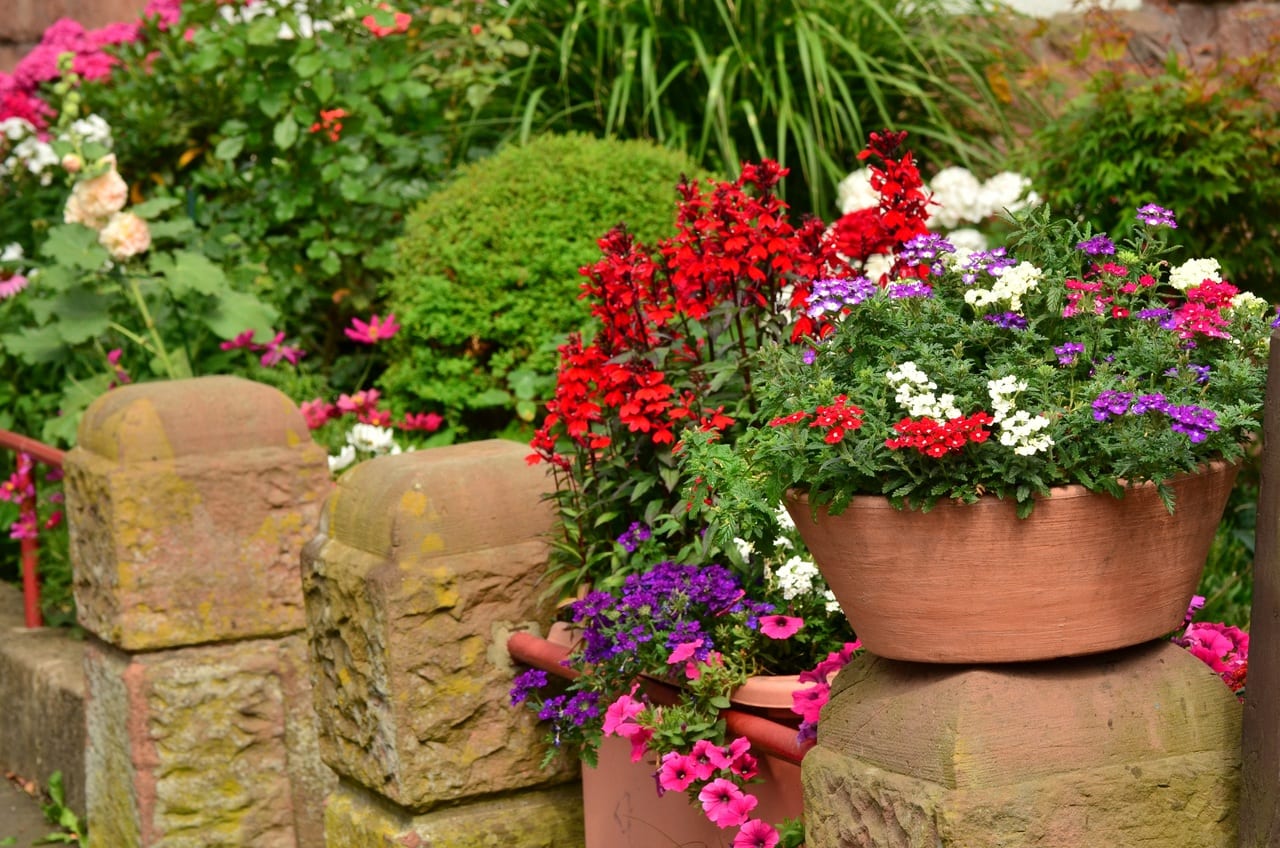
The coves can also be affected by the famous mealybugs, especially the cottony ones. If you are suffering from this plague, spots will appear on the underside of the leaves. If we want to eliminate these annoying insects, one idea would be to wet the alcohol with cotton and pass it through the leaves of the affected plant. In the event that we have vegetables outside, we can also apply specific insecticides for mealybugs.
Apart from the red spider and the cottony mealybugs, coves can also be affected by aphids. Whatever bug is giving us trouble, the most advisable thing is to remove all the infected parts as soon as possible and use some insecticidea, if possible ecological.
Something that often happens with coves is that burned areas appear. This is probably because the plant in question has been exposed to too intense a sun. It could also be that it was watered just during the hours when the sun shines with more strength and intensity. At those times, the water droplets make a magnifying glass effect. That is to say: They concentrate the sun's rays, causing burns on vegetables.
As you can see, it is not a difficult task to care for and maintain coves, but doing it wrong can cause pathologies and favor the appearance of pests. But don't worry, because everything has a solution, especially now that you know more about diseases of calla lilies.